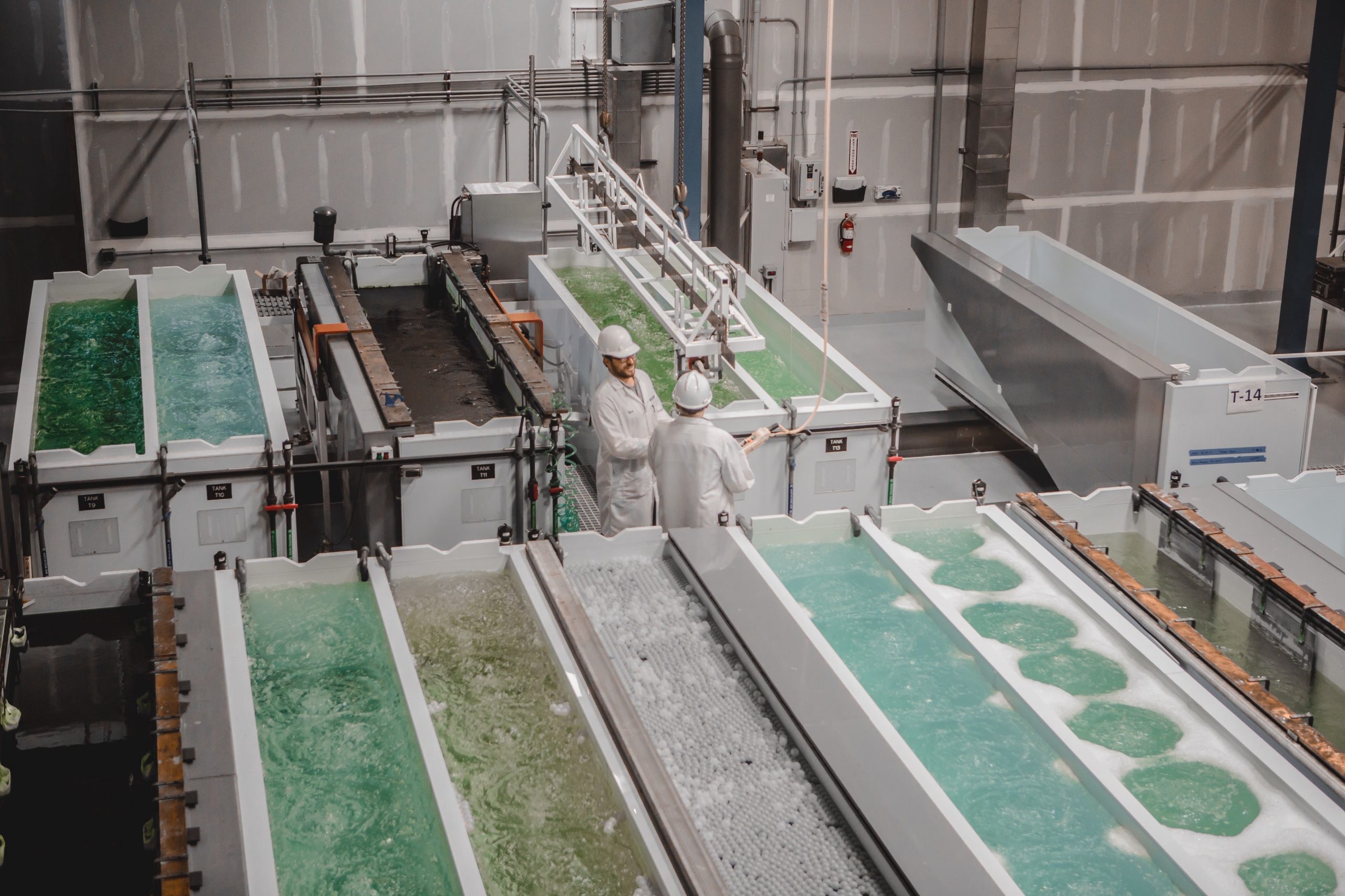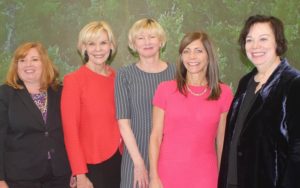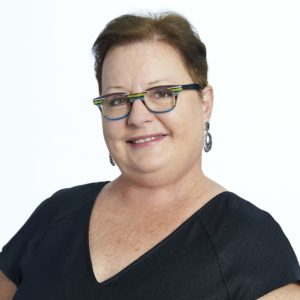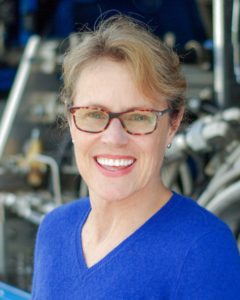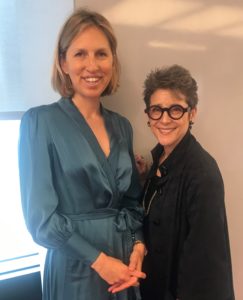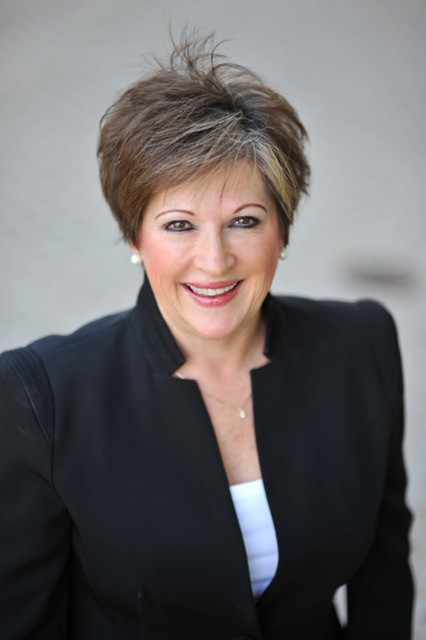Arizona is hot these days — and we’re not just talking about the temperature.
The Grand Canyon State is recognized as one of the fastest growing states in the nation. That makes it a perfect fit for Golden Seeds, which has been identifying and funding women-led companies throughout the U.S. for the past 15 years.
A number of reasons make Arizona attractive for women entrepreneurs and angel investors. For starters, it’s one of the top 5 states for population growth, job growth and income growth. It also has the third largest labor pool in the West.
“I have been encouraging Golden Seeds to launch a chapter in Arizona and am thrilled to see this new partnership with our dynamic, women-led businesses,” said Phoenix Mayor Kate Gallego. “Phoenix is America’s fastest growing city and home to so many strong entrepreneurs, so we are a great place for Golden Seeds to invest.”
Arizona has created the right climate for scalable business, and that’s paying off. “Investors clearly see the potential,” said Sandra Watson, president and CEO of the Arizona Commerce Authority, the state’s leading economic development organization.
We at Golden Seeds are excited to become a part of the state’s success story.
Arizona is being recognized for its innovation
There’s an obvious reason for the expansion: Arizona’s economic climate is renowned for being robust and business friendly. The state offers aggressive tax credits and incentives, programs designed to increase capital and a minimalist regulatory approach.
In fact, Arizona is ranked among the top 10 most tax-friendly states in the nation, according to a recent State-by-State Guide to Taxes released by Kiplinger.
That’s attracting business. “So far this year, Phoenix has raised $661 million in VC funding — more than double its 2015 total of $290 million,” Watson said, citing statistics from data and research company Pitchbook.
A strong focus on innovation is a major factor. In 2018, Arizona was the first state to implement a regulatory fintech sandbox — a legal framework that allows startups to test their products for up to two years before they have to apply for a formal license. The state launched a second initiative, PropTech Sandbox, earlier this year.
Arizona State University (ASU) and Mayo Clinic have partnered to develop an $80 million Health Futures Center, which will house startup companies in ASU’s MedTech Accelerator.
A relentless pursuit of innovation and technology
Companies are committed to enabling success by connecting the region’s legacy businesses with emerging disruptors. Greater Phoenix is supporting innovation through applied research centers such as WearTech Center, which launched in 2019, with the mission to develop wearable technology solutions that improve quality of life and human performance.
Recently, business and community leaders broke ground on the Sahuarita Advanced Manufacturing and Technology Center, which will support small business innovation and technology development in Southern Arizona.
The Arizona Commerce Authority is investing in the state as part of its mission to grow and strengthen Arizona’s economy. Among other things, it sponsors the Arizona Innovation Challenge, a technology commercialization competition that awards $150,000 in grants to up to 10 companies, twice a year, for a total of $3 million annually.
Further, AZBio has teamed up with two foundations to raise a $200 million endowment to support the commercialization of healthcare innovations developed by area researchers and entrepreneurs.
Then there’s Coplex, which brings together industry experts, entrepreneurs and corporate innovators to solve big industry problems using technology. Coplex has helped launch more than 300 startups, and since 2017, it has assisted more than 50 startups with its $150,000 nine-month venture builder program.
The talent pipeline is strong
A strong talent pipeline is critical to the success of all these ventures, and the state’s educational institutions are equipped to fill that need.
Arizona has one of the largest concentrations of science and technology students and graduates in the nation (ASU, University of Arizona, Northern Arizona University). In fact, ASU was named the “№1 most innovative school” in the nation for the fifth year in a row by U.S. News & World Report.
The ecosystem is strong
Golden Seeds looks forward to collaborating with Arizona’s robust investor ecosystem to fund early stage companies headed by women. Local Arizona-focused angel groups include Arizona Technology Investors (ATI), Desert Angels, Canyon Angels, Arizona Founders Fund and InvestU.
The launch of the Arizona Chapter of Golden Seeds will support the local angel investor market and provide added focus on women entrepreneurs in the area. Starting in November 2019, the chapter began its monthly Office Hours program at the Center for Entrepreneurial Innovation (CEI), with the goal of mentoring up-and-coming female entrepreneurs and providing a pathway to the national Golden Seeds investor network (300+ members).
The CEI opened its business incubator focused on science and tech startups in 2013. To help prepare Arizona’s workforce for careers in biotech and life science, CEI recently announced it will open a $1.9 million CEI LabForce facility in downtown Phoenix in 2020. The organization recently received the Science and Technology Entrepreneurship Center of the Year Award from the International Business Innovation Association, a global nonprofit with more than 2,200 members.
Arizona is clearly on the rise, and Golden Seeds is proud to be a part of its continuing success story. We look forward to working together to foster an even brighter future.
If you are an investor or entrepreneur who would like to learn more about our Arizona chapter, contact us at info@goldenseeds.com.


